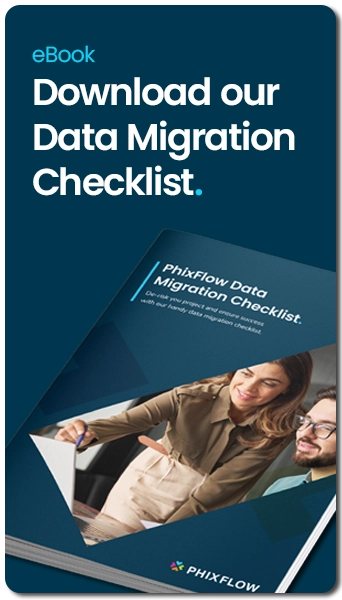Break down data silos and unlock hidden insights from your data.
Are your sitting on a hidden goldmine of information? Insights often remain hidden within hidden silos, hindering businesses from optimising performance and making informed decisions.
The great Sherlock Holmes once declared, “It is a capital mistake to theorize before one has data. Insensibly one begins to twist facts to suit theories, instead of theories to suit facts.” This wisdom, uttered over a century ago, holds remarkable relevance in today’s data-driven world where data is king.
Every interaction, transaction, and click generates valuable information. But this wealth of data often resides in silos – separate databases, spreadsheets, and cloud applications. This fragmented state hinders businesses from uncovering the true potential of their information and can lead to decisions based on assumptions rather than concrete evidence.
The magic lies in data integration, the process of combining data from multiple sources into a unified view. By breaking down these silos, businesses unlock a treasure trove of insights that can revolutionise decision-making, optimise processes, and drive innovation.
The Power of Combining Forces
Imagine a single platform where seemingly unrelated data sets work together to reveal hidden insights. A platform that not only enables you to access the data, but also to create applications that allow interaction and analysis of that data. Here are some compelling use cases that showcase the benefits of combining data sources from your data landscape:
- Tariff Analysis and Optimisation: Integrating customer usage data with billing records unveils valuable insights into customer behaviour and spending patterns. This allows businesses to:
- Identify underutilised or overutilised services: By analysing which tariffs different customer segments use, businesses can identify opportunities to offer targeted discounts or adjust pricing structures.
- Predict customer churn: Combining usage data with customer service interactions can help predict when customers are at risk of switching providers. This allows for proactive intervention and retention strategies.
- Network Optimization and Resource Allocation: Integrating network performance data with customer location and usage information provides a comprehensive view of network health. This allows businesses to:
- Identify network bottlenecks: By correlating high call drop rates with specific locations, businesses can pinpoint areas that require network upgrades or capacity expansion.
- Optimize resource allocation: Integrating network usage data with maintenance records helps prioritize infrastructure maintenance and upgrades based on actual usage patterns.
- Trend Analysis and Forecasting: Combining historical data across various sources allows businesses to identify emerging trends and predict future outcomes. This enables them to:
- Forecast demand for network services: By analysing past usage trends alongside economic indicators and industry forecasts, businesses can anticipate future demand for data, voice, and other network services.
- Identify regulatory compliance risks: Integrating network performance data with regulations allows for proactive identification of potential compliance issues. This enables businesses to take corrective actions before incurring penalties.
These are just a few examples of what can be achieved, but the possibilities are endless.
Breaking Down the Barriers
While the rewards are substantial, data integration comes with its own set of challenges. Different data sources often have varying formats and structures. Additionally, ensuring data quality and consistency across these disparate sources is crucial.
However, advancements in technology have made data integration more accessible than ever. Modern data integration platforms offer user-friendly interfaces and robust tools to streamline the process. These tools can:
- Connect to diverse data sources: Seamlessly connect to on-premise databases, cloud applications, and external data feeds.
- Transform and cleanse data: Standardize formats, address inconsistencies, and ensure data quality.
- Automate data flows: Establish automated workflows to keep your integrated data constantly updated.
With PhixFlow you can go a step further by combining data integration with the ability to create custom applications. This empowers businesses to not just see the data, but to truly use it to drive meaningful change. This comprehensive approach unlocks the full potential of your data and empowers users across the organization to make data-driven decisions and achieve real-world results.
The Road to Data-Driven Success
Utilising integrated data sources is an investment in the future of your business. By unlocking the hidden potential of your data, you gain a deeper understanding of your operations, customers, and market. This empowers you to make smarter decisions, optimize processes, and drive innovation at every level.
So, are you ready to embark on the journey to data-driven success? Take the first step by evaluating your data landscape and identifying the silos you can break down. With the right strategy and tools, you can unlock the hidden potential of your data and propel your business forward.
